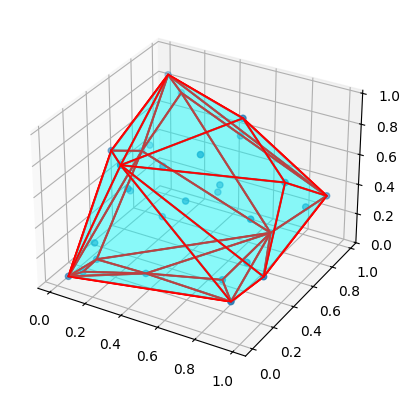Today, something simple into colab_google GitHub project, see catafest_071.ipynb - simple example with altair and vega-datasets python packages.
The result comes with some charts example.
Is a blog about python programming language. You can see my work with python programming language, tutorials and news.
pipe = StableVideoDiffusionPipeline.from_pretrained(
'stabilityai/stable-video-diffusion-img2vid-xt',
torch_dtype=torch.float16,
variant='fp16'
)
pipe.enable_model_cpu_offload()
import gradio as gr
from diffusers import StableDiffusionPipeline
import torch
model_id = "dream-textures/texture-diffusion"
pipe = StableDiffusionPipeline.from_pretrained(model_id, torch_dtype=torch.float16)
pipe = pipe.to("cuda")
def generate_image(prompt):
image = pipe(prompt).images[0]
image.save("result.png")
return image
iface = gr.Interface(
fn=generate_image,
inputs="text",
outputs="image",
title="Stable Diffusion Image Generator",
description="Introduceți un prompt pentru a genera o imagine folosind Stable Diffusion."
)
iface.launch()
!python
Python 3.10.12 (main, Nov 20 2023, 15:14:05) [GCC 11.4.0] on linux
Type "help", "copyright", "credits" or "license" for more information.import matplotlib.pyplot as plt
import cartopy.crs as ccrs
from cartopy.io import shapereader
from cartopy.mpl.gridliner import LONGITUDE_FORMATTER, LATITUDE_FORMATTER
import cartopy.io.img_tiles as cimgt
extent = [15, 25, 55, 35]
request = cimgt.OSM()
fig = plt.figure(figsize=(9, 13))
ax = plt.axes(projection=request.crs)
gl = ax.gridlines(draw_labels=True, alpha=0.2)
gl.top_labels = gl.right_labels = False
gl.xformatter = LONGITUDE_FORMATTER
gl.yformatter = LATITUDE_FORMATTER
ax.set_extent(extent)
ax.add_image(request, 11)
plt.show()from google.colab import auth
auth.authenticate_user()
import gspread
from google.auth import default
creds, _ = default()
gc = gspread.authorize(creds)
# Open the spreadsheet by name
spreadsheet = gc.open('fiecare_saptamana')
# Choose a worksheet from the spreadsheet
worksheet = spreadsheet.get_worksheet(0) # 0 represents the index of the first worksheet
# Get and print the data
data = worksheet.get_all_values()
#uncoment this line to print data sau add more source code to parse data
#print(data)
#the result will be
#[['noreply@projects.blender.org', '437', 'notifications@github.com', ...import numpy as np
import tensorflow as tf
import keras
from keras import layers
units = 64
tf.keras.layers.GRU(
units,
activation="tanh",
recurrent_activation="sigmoid",
use_bias=True,
kernel_initializer="glorot_uniform",
recurrent_initializer="orthogonal",
bias_initializer="zeros",
kernel_regularizer=None,
recurrent_regularizer=None,
bias_regularizer=None,
activity_regularizer=None,
kernel_constraint=None,
recurrent_constraint=None,
bias_constraint=None,
dropout=0.0,
recurrent_dropout=0.0,
return_sequences=False,
return_state=False,
go_backwards=False,
stateful=False,
unroll=False,
time_major=False,
reset_after=True,
)
inputs = tf.random.normal([32, 10, 8])
gru = tf.keras.layers.GRU(4)
output = gru(inputs)
print(output.shape)
gru = tf.keras.layers.GRU(4, return_sequences=True, return_state=True)
whole_sequence_output, final_state = gru(inputs)
print(whole_sequence_output.shape)
print(final_state.shape)WARNING: The following packages were previously imported in this runtime:
[numpy]
You must restart the runtime in order to use newly installed versions.# This is formatted as CUDA code
__global__ void cuda_hello(){
printf("Hello World from GPU!\n");
}
int main() {
cuda_hello<<<1,1>>>();
return 0;
}%%sh
echo "List all running VM processes."
ps -ef
echo "Done"